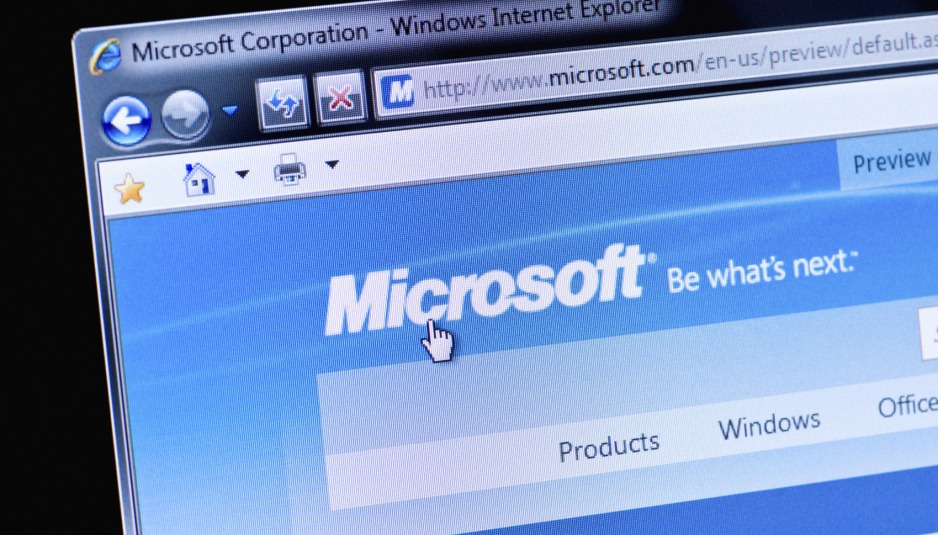Intel thinks there’s a future in the desktop PC. And it tried to prove that this week at the Game Developers Conference.
New desktop designs include portable AIOs with batteries.
Intel this week tried to breathe some life into a device category that’s not exactly fertile ground: the desktop PC.
At the Game Developers Conference, the chipmaker said it was reinventing the desktop PC.
How is it being reinvented? “The desktop has gone from just a beige tower to all these new [designs]: touch, 170+ desktop [all-in-one] focused apps,” an Intel spokesman told CNET.
In the GDC release, Intel goes on to cite “tiny PCs,” small Steam Machines, and portable AIO (all-in-one) PCs in the kitchen as reinvention.
Probably better, however, to call it a tweak to the desktop PC’s internals, at least as far as Intel is concerned. Those modifications include the chipmaker’s first 8-core processor for gaming rigs.
Related stories
- Intel CEO talks delayed factory, ‘Broadwell’ production start
- Intel reportedly eyes future 18-core ‘Broadwell’ chip

“For those who demand the highest processor core count and memory bandwidth on the desktop, Intel will deliver an 8-core, 16-thread Intel Core processor Extreme Edition in the second half of this year,” Lisa Graff, an Intel vice president and general manager, said at GDC earlier this week.
That 4th generation Intel Core Haswell chip will also support the new, faster DDR4 memory standard.
Other changes to the desktop that Intel mentioned are: an upcoming 5th generation Broadwell chip — which will be Intel’s first 14-nanometer processor and the first desktop chip to feature its own Iris Pro graphics (currently popular in laptops such as Apple’s MacBook Pros) — and an unlocked Haswell processor for the overclocker crowd.
“Intel is optimistic about the enthusiast segment,” said Nathan Brookwood, the principal analyst at Insight 64. “There’s not a lot of competition in the high-end segment” so it’s a space that Intel can own, he said.
“Intel’s desktop business is its No. 2 business at 43 percent of client [processor] shipments and was growing more than other segments for Intel in ’13,” the spokesman added.
via www.cnet.com



